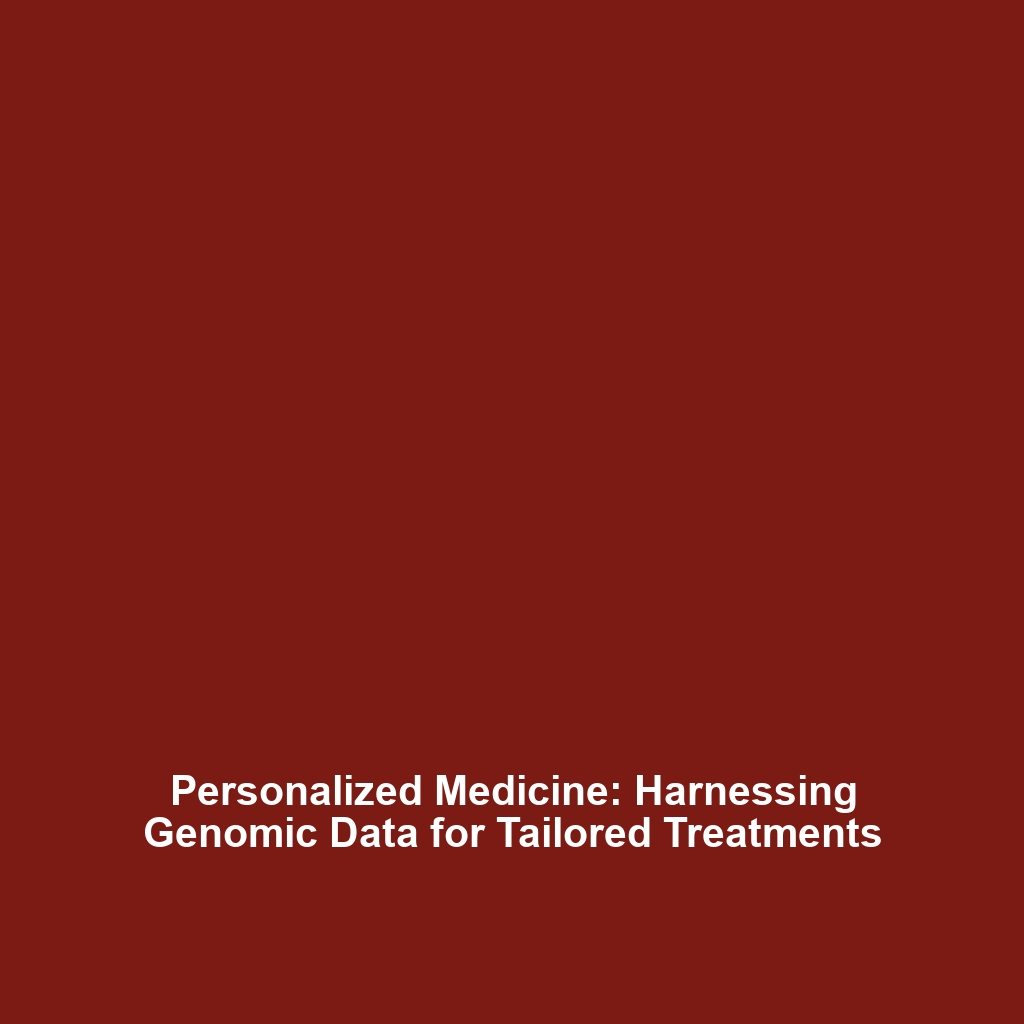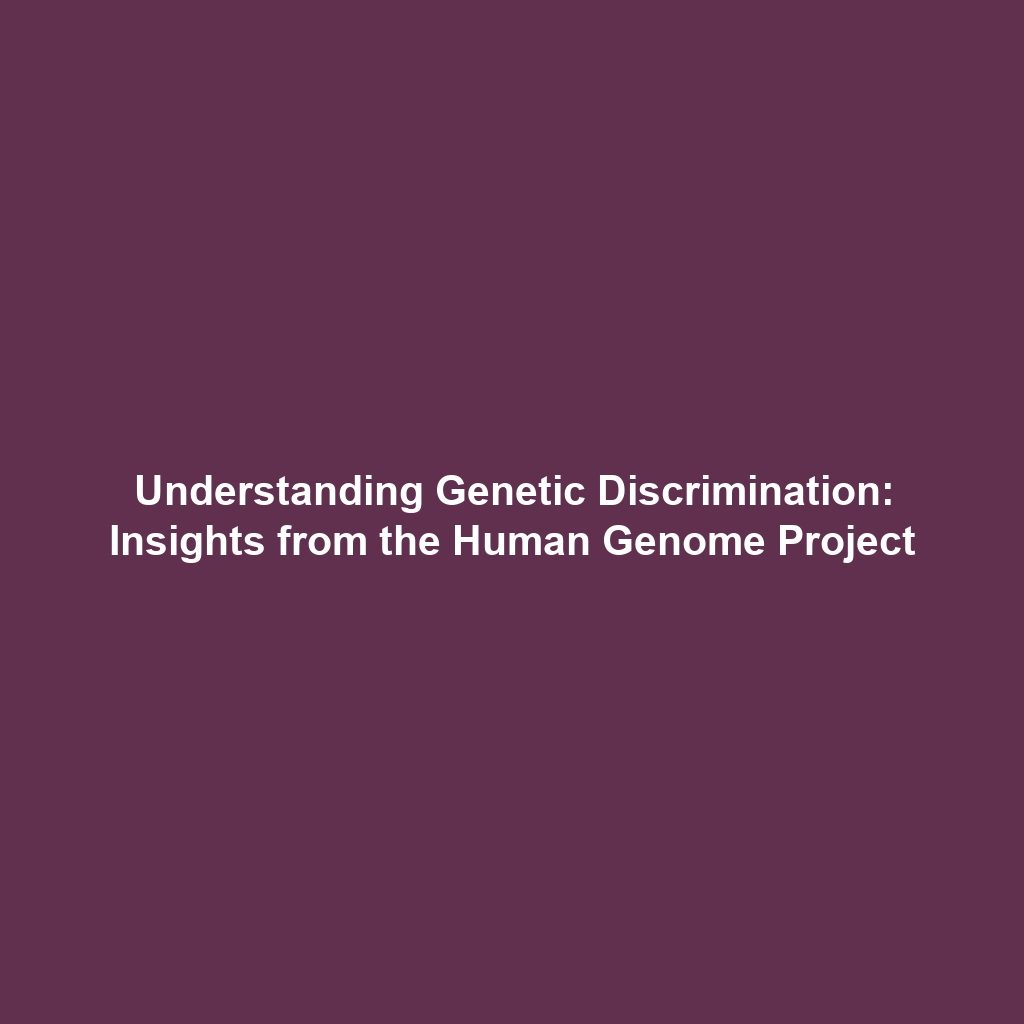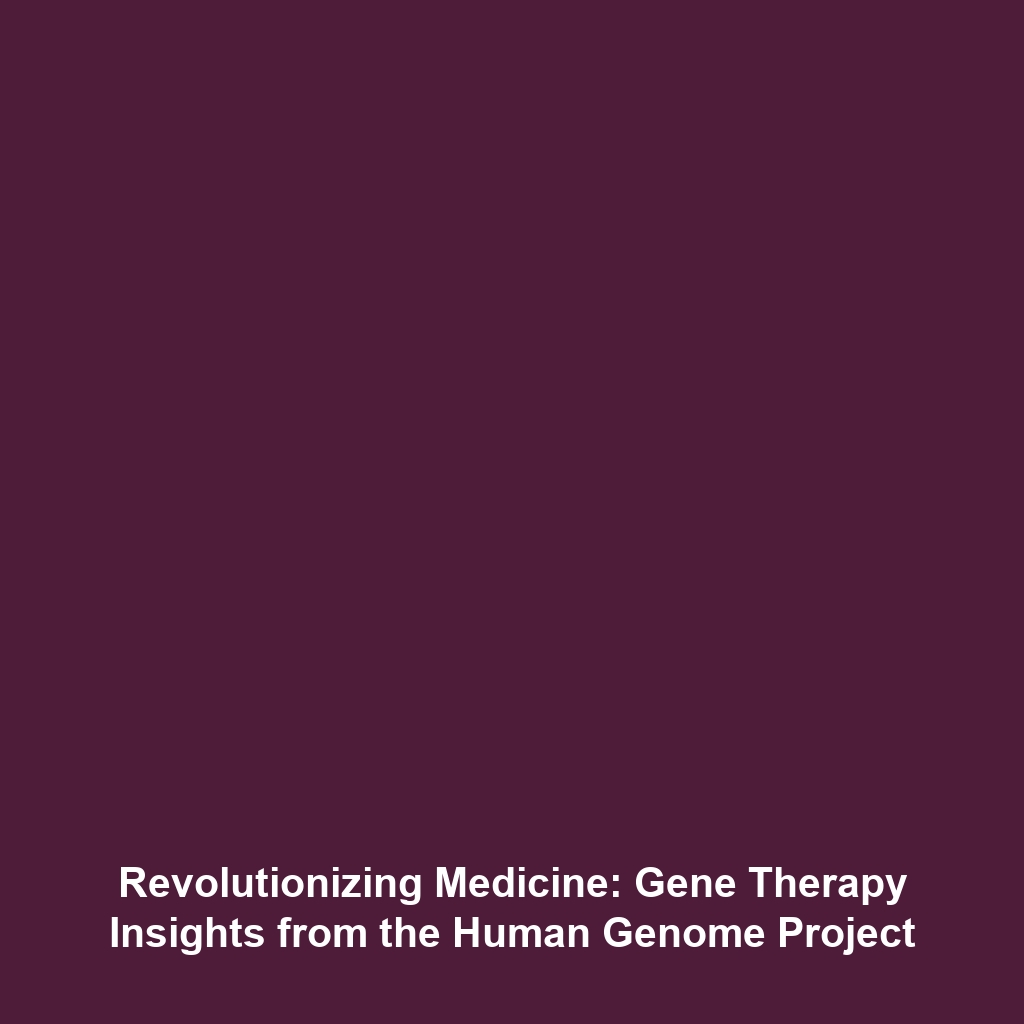Genetic Overlap Across Species: Insights from the Human Genome Project
Category: Human Genome Project
Topic: How many genes overlap with those of other species (e.g., mice, fruit flies), highlighting genetic similarities across life forms.
Introduction
The study of genetic overlap among species such as mice and fruit flies reveals profound similarities in the genetic makeup across life forms. Understanding how many genes overlap between humans and other organisms is a cornerstone of research stemming from the Human Genome Project (HGP). This project has significantly advanced our comprehension of genetic relationships, offering valuable insight into evolutionary biology and comparative genomics. By analyzing genetic similarities, researchers can identify key genes that play integral roles in biological functions, which could lead to breakthroughs in medical and environmental sciences.
Key Concepts
Understanding Genetic Overlap
Genetic overlap refers to the occurrence of the same or similar genes across different species. The Human Genome Project has helped identify that over 90% of human genes have recognizable counterparts in other species. This phenomenon highlights the shared characteristics of life and underscores key concepts such as:
- Conservation of Genes: Many essential genes are conserved throughout evolution, emphasizing their fundamental roles in basic biological processes.
- Model Organisms: Mice and fruit flies are commonly used as model organisms due to the high degree of genetic similarity to humans, facilitating various research applications.
- Comparative Genomics: This involves comparing genomes from different organisms to understand genetic functions and evolutionary processes.
Applications and Real-World Uses
How many genes overlap with those of other species, such as mice and fruit flies, has practical applications in numerous fields. Understanding these genetic similarities allows researchers to:
- Develop Disease Models: Insights gained from genetic overlap enable scientists to create animal models for studying human diseases, greatly advancing medical research.
- Test Drug Efficacy: Mice, due to their genetic similarity to humans, are frequently used in pharmaceutical trials to test new drugs.
- Understand Genetic Disorders: By studying overlapping genes, researchers gain insights into the genetic basis of disorders, leading to potential therapeutic targets.
Current Challenges
Despite the significant insights provided by the Human Genome Project, several challenges persist in studying genetic overlaps:
- Complexity of Gene Interactions: The function of genes can vary greatly depending on the species and environment, complicating research efforts.
- Limitations of Model Organisms: While mice and fruit flies share genetic similarities with humans, not all biological processes are directly equivalent.
- Ethical Issues: The use of animals in research raises ethical concerns that need to be carefully navigated.
Future Research and Innovations
Future research focusing on genetic overlaps among species is poised to leverage next-generation sequencing technologies and CRISPR gene-editing tools. Innovations in comparative genomics will enable scientists to conduct more precise studies on gene function and disease modeling, significantly impacting the future of the Human Genome Project. Upcoming research aims to unravel:
- Evolutionary conserved pathways that may lead to new treatments for genetic diseases.
- Comparative analyses of less-studied organisms to expand our knowledge of genetic diversity.
- Integration of artificial intelligence in genomics to predict gene interactions and functions more accurately.
Conclusion
The exploration of how many genes overlap with those of other species, such as mice and fruit flies, highlights genetic similarities that emphasize the interconnectedness of life and the importance of the Human Genome Project. These insights not only enhance our understanding of evolutionary relationships but also open new avenues for medical research and innovations. As this field continues to evolve, staying informed on genetic overlaps and their implications can significantly contribute to advancements in science and medicine. Learn more about genetic research and its applications.









